Dymchurch Blue Plaques
Dymchurch is rich in history, with many famous people having lived there and many historic buildings. The Dymchurch and District Heritage Group (DDHG) have recognised seven of the most famous by installing commemorative blue plaques on the relevant properties.
The blue plaques have been placed around the village to tell the story of some of the oldest buildings in the village. They chart everything from the lodgings of famous names from the world of drama, art and literature to the more dark and dingy past of Victorian workhouses and poor houses.
The blue plaques are the result of research the DDHG, the village's local history group, and the plaques have now been installed as part of a Heritage Trail.
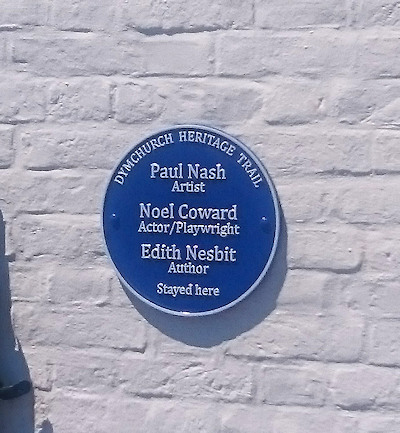
Blue Plaque

Location of the Blue Plaques
The seven properties recognised so far are:
Dormer Cottages High Street Heritage Trail No. 2
Built in the 15th century, one of them became Smiths Stores, which is is now the Hospice Furniture shop.
The cottages have at different times had some famous people living here, including Edith Nesbit, Noel Coward and artist Paul Nash.
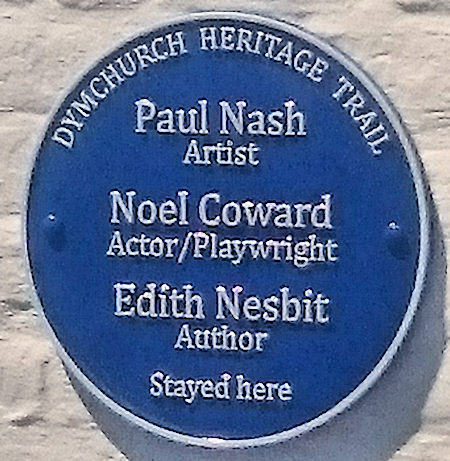
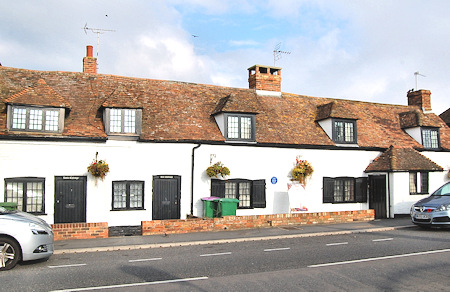
Dormer Cottages in 2016

Mackett’s Cottages 10-16 Mill Road Heritage Trail No. 4
Built in 1740, they became the village workhouse in 1791. In 1836,
it was closed and the inmates were transferred to the Union Workhouse in New Romney.
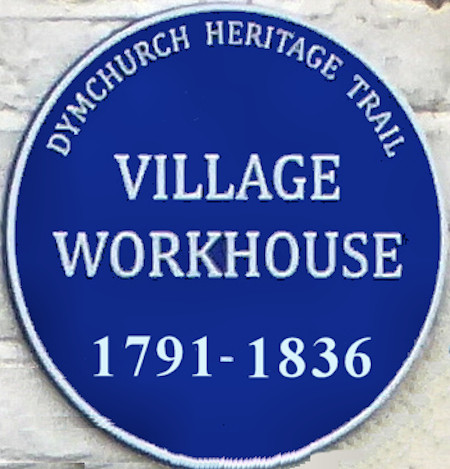
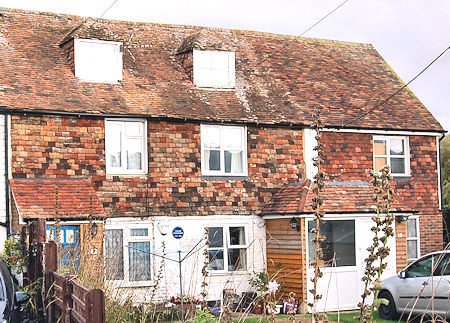
Mackett's Cottages in 2016

Old Tree Cottage 22 Mill Road Heritage Trail No. 5
A grade II listed 18th century originally for agriculture workers, but between the 1920’s and 1950’s was owned by the notable actor/director Milton Rosmer. Some of his productions were Lady Windermere’s Fan 1916, Little Women 1917, Wuthering Heights 1920 and Goodbye Mr. Chips 1939, he befriended author Russell Thorndike and produced his film Dr. Syn in 1937

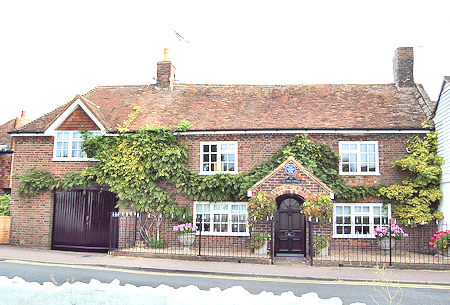
Old Tree Cottage 2016

Tudor Cottage 4 Sea Wall Heritage Trail No. 24
This was one of the original poor houses in the village before 1791, it had it’s own school room and chapel and is a listed building.
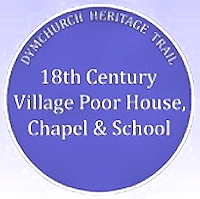
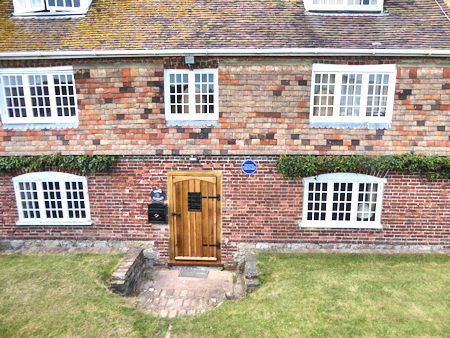
Tudor Cottage in 2016

Mary’s Tearoom High Street Heritage Trail No. 27
This was one of two blacksmiths forges in the village and in 1670 Andrew Clifford was here. He issued his own coinage due to the lack of small change. Thomas Ashdown had a long association with this business in the 19/20th century.
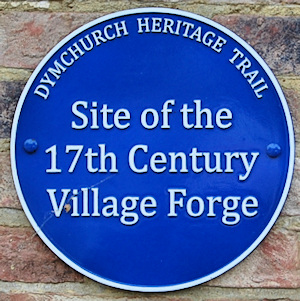
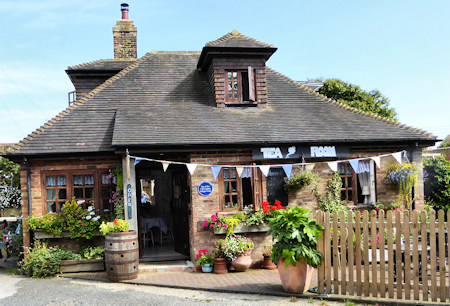

Well & Oak Cottage High Street Heritage Trail No. 34
Built in the 17th century and for many years Oak cottage was the village post office and Well cottage was another of the properties where Edith Nesbit author of “The Railway Children” resided.
To the rear of this property was one of the village water pumps before mains water came in 1926.
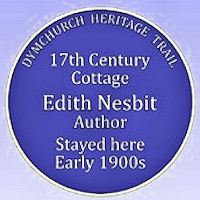
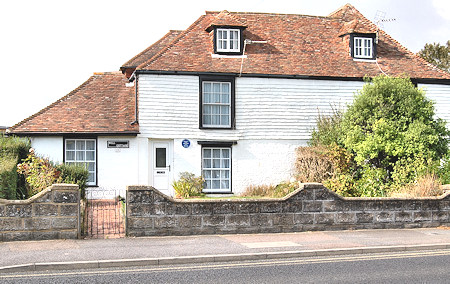
Well & Oak Cottage in 2016

Methodist Church High Street Heritage Trail No. 35
Erected in 1880 and was built to replace a small chapel that was where The Deck Amusements are now.
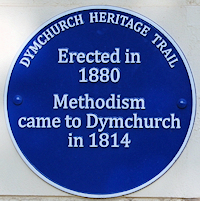
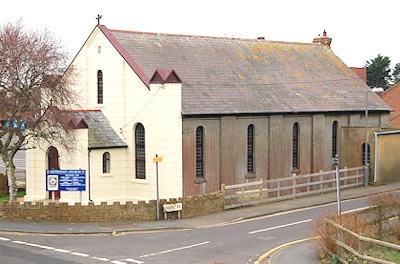

Dymchurch Heritage Trail
The best way to view these properties is on the Dymchurch Heritage Trail, where you can follow the walk around the village of Dymchurch and discover the history of the buildings and the people who once lived there.
Cottages and buildings dating as far back as the 17th century have been included in the trail and include the old methodist church and the old village forge.
The workhouse in Mill Road shows the grim history and demonstrates the level of poverty which would have been seen in the village some 150 years ago. It existed between 1791 and 1836 where orphaned and poor children were sent to be raised and worked long hours to earn their keep.
It was around this time when smuggling in Dymchurch was at its absolute peak due to the isolated location of the village and its coastal setting.
The Victorian era made way for more upbeat stories with famous names including actor Noel Coward and author Edith Nesbit - best known for writing The Railway Children - staying in cottages.
Edith Nesbit first visited the village in 1893 when it was a very different place - a quiet fishing village as opposed to the seaside holiday village it is now. She is known to have stayed at Well Cottage and Dormer Cottages, both in the High Street in the early 1900s before moving to St Mary's Bay in 1917.
It was during this time she met a young Noel Coward who lived in the cottage next to the Star Inn in St Mary in the Marsh.
Thank You
The Dymchurch & District Heritage Group are very grateful to Magnox and Cllr Ian Meyers who provided the funding for these blue plaques.



















